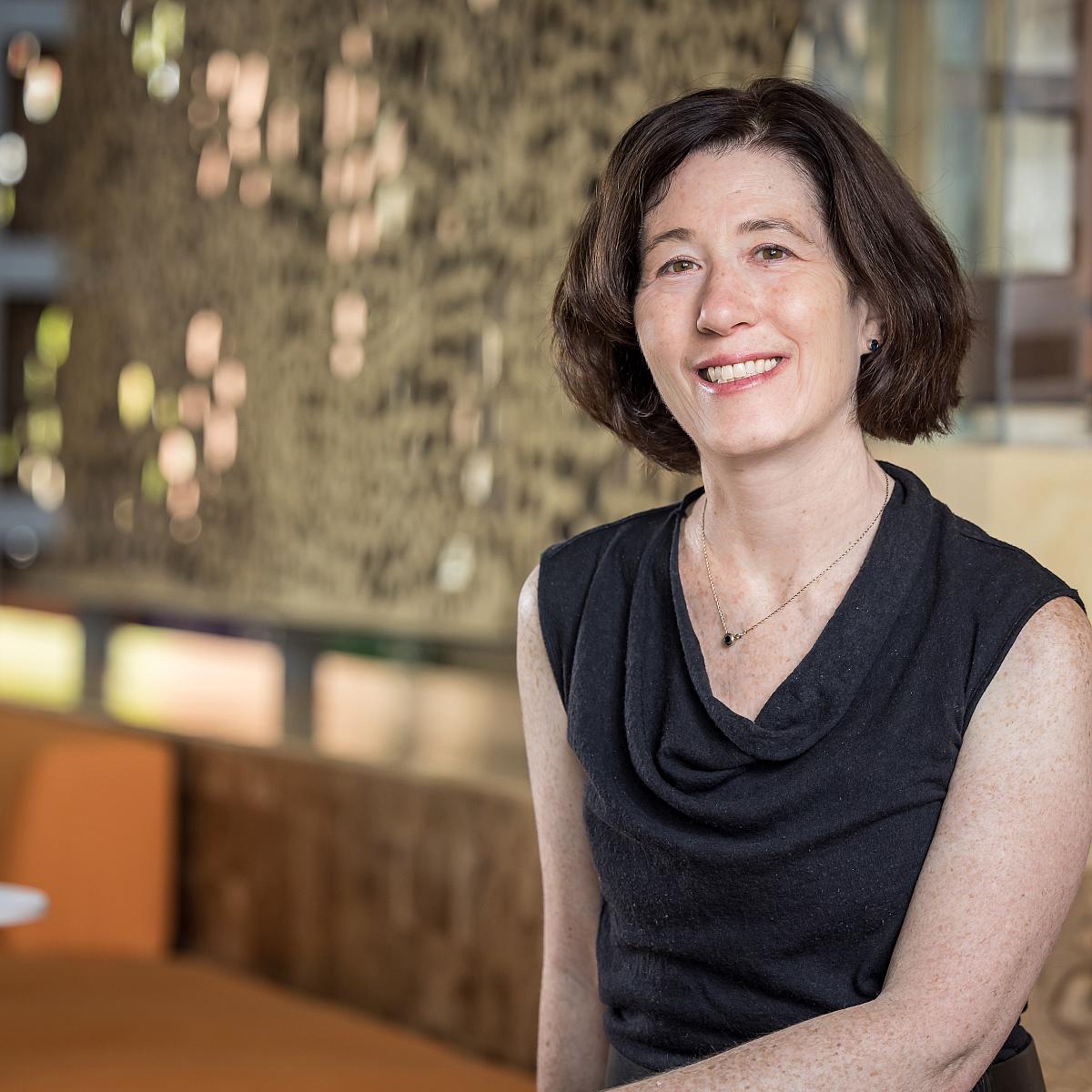
Research Reflections: Turning Vision into Innovation
By Rachel Hess, MD, MS
Huntsman Cancer Institute investigator and biochemist Keren Hilgendorf, PhD, was caught off guard by her initial research results. She was studying why people who are obese are more likely to get breast cancer. Those findings suggested that the increased risk might be due to the loss of a specific type of fatty acid that protects non-obese individuals by suppressing tumors. She knew this revelation could represent a significant step toward preventing and treating breast cancer. The trouble was, she didn’t have enough funding to advance her research further.
Most of the University of Utah’s research funding comes from federal research organizations, but such institutions have become increasingly conservative, largely backing safe and predictable projects. Even though Hilgendorf’s novel concept could potentially lead to a much-needed alternative approach to preventing breast cancer, it would likely be too risky for such agencies to consider.
Hilgendorf’s plan—like many of the best ideas—involves an element of uncertainty. The most forward-thinking researchers draw from their expertise and unique insights to envision a creative path forward that others can’t even imagine. But all too often, a lack of funding means these potential breakthroughs never see the light of day.
It’s missed opportunities like these that inspired us to create U of U Health Philanthropic Partners. This group of philanthropic investors ignites innovation in today’s challenging climate by backing high-risk, high-reward research. This year, I’m excited that they chose to partner with three visionary U of U Health scientists: Hilgendorf, Shervin Rahimpour, MD, and Justin Bosch, PhD, whose projects are described below.
The three awardees weren’t the only innovators at the table. This year’s request for proposals elicited 23 applications from 11 departments at U of U Health. A committee chose six as finalists, who then presented their ideas to the Philanthropic Partners. After discussion, the Partners awarded $50,000 each to the three rising stars.
"After joining the human genetics department, I was surrounded by others thinking about human diseases caused by DNA mutations and it rubbed off on me. Now, my lab is in serious need of expensive computers [to pursue this new line of research]. This award will allow me to obtain preliminary data quickly so that I can apply for external funding such as from the National Institutes of Health."
The Partners are changemakers motivated by the pursuit of discovery. They come from business, law, engineering, and more—but all share a common interest in supporting areas of need. With guidance from scientific advisor and Nobel laureate Mario Capecchi, PhD, they will continue to identify high-impact areas for philanthropic investments with a goal of accelerating breakthroughs.
We’re grateful for this new collaboration and excited to see where the partnerships will lead us. Some of the projects may succeed and some may fail. That’s how science works. But even “failures” are successes in their own right. They prompt researchers to refine their idea further or move on to the next one. For projects that continue to flourish, the possibilities are endless.
Funded Projects
Harnessing Lean Fat Cells to Kill Breast Cancer
Keren Hilgendorf, PhD, Huntsman Cancer Institute; Biochemistry
Hilgendorf is researching why obesity raises the risk of breast cancer. Her early findings indicate that lean fat cells—which contain a type of fatty acid found more often in breast tissue of non-obese individuals—slow tumor growth in mice. This project will test whether the fatty acid can also inhibit growth of breast cancer cells from patients. The finding could one day lead to new approaches for preventing and treating breast cancer.

From Blind to Precise: Life-Saving Accuracy in Brain Surgery

Shervin Rahimpour, MD, Neurosurgery
To relieve pressure from the brain after a traumatic brain injury, neurosurgeons use a device called an external ventricular drain (EVD). When this procedure is done at the bedside, it is often done imprecisely without the use of any navigation, putting the patient at risk for further injury. A team led by Rahimpour seeks to improve this procedure by developing a device that uses ultrasound technology and advanced 3D imaging to give a real-time view of the brain as the drain is inserted. The advance aims to make these procedures faster, safer, and more precise with potential application in other critical procedures such as brain biopsies and heart surgeries.
A New AI-based Approach for Disease Diagnosis and Personalized Medicine
Justin Bosch, PhD, Human Genetics
A major challenge in genomic medicine is determining which of the millions of changes—or variants—in our DNA code lead to disease. Missense variants change how proteins are made, potentially affecting their ability to work together with other proteins to carry out important functions in our body’s cells. However, 98% of missense variants have not yet been classified as harmful or benign, hindering disease diagnosis. Using an advanced AI tool called AlphaFold, Bosch and team will predict the impact of missense variants on hormone-receptor interactions, which play critical roles in conditions like diabetes and obesity. The new data could improve disease diagnosis and lead to new therapeutics.

